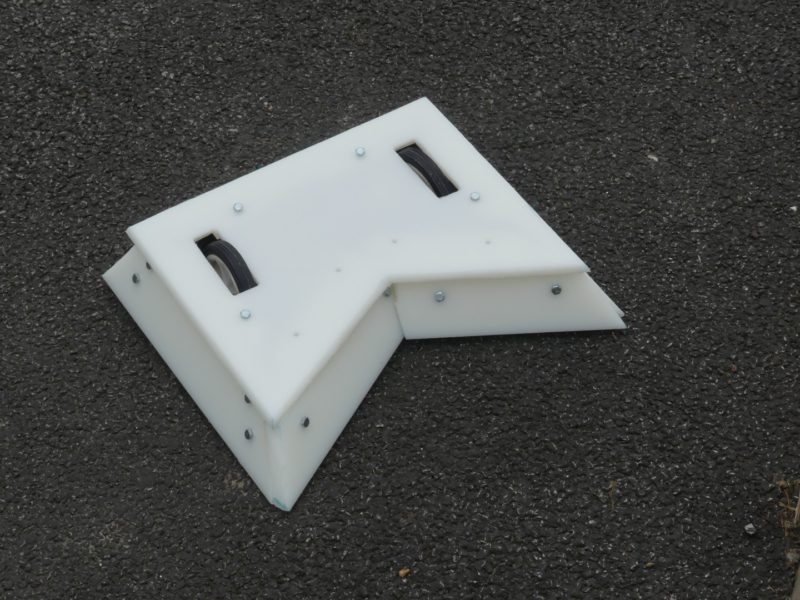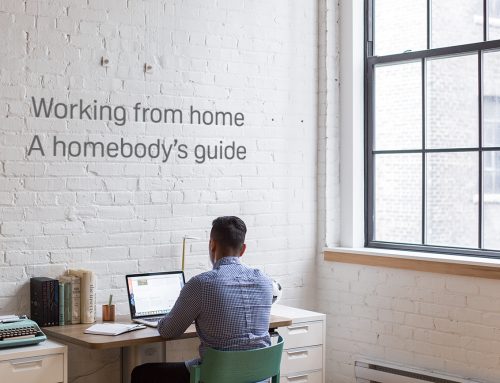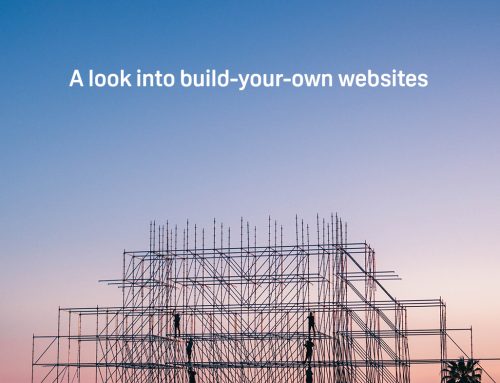If you have read my mini-blurb on our About Us page, you may have seen a mention of Harald. Harald is a 6.2kg box of plastic with wheels which we use a very loose definition of “robot” on. With Harold, we travel the country taking part in various competitions and events and chat with like-minded “roboteers” just like in the old TV show Robot Wars. Here is a picture of Harald when he was brand new and untouched. Trust me, he doesn’t look this shiny now.

Now as you may be able to guess, I could use this entire blog post to talk about Harald’s escapades during the past year, but that’s not what it is about. At an event in Leeds we noticed that everyone had a huge amount of work to do on their machines before and between bouts. Everyone apart from us. We ended up standing around, generally getting in the way of people who had actual things to do. It reminded me about the importance of proactive maintenance. If these robots weren’t worked on during the time available, they wouldn’t be nearly as functional by the time they were back in the arena.
The exact same concept affects websites. True, you’re not sending them into a closed box with steel floors and layers of bulletproof glass on the sides. However, when a website is under a heavy load on, for example, Black Friday this is a prime time for a website to collapse under the weight and require reactive repairs. Obviously, this is not what you want to do at a moment’s notice. This is where proactive maintenance comes in.
There are many aspects of a website that need some attention every now and then. First is the platform that it is built on. If we’re using WordPress as an example, they release a new version every couple of months. Each new version contains new features, security updates and bug fixes. The latter two are key to making sure your website is fully protected from potentially fatal issues. Staying up to date with platform updates helps keep your foundations strong and stable.
Next up is the plugins and themes. These can also cause security flaws, so it is important, even as far back as when you choose them, to make sure they’re stable with the platform version you are on and are updated regularly. Keeping up with these updates can be a tricky job but the rewards are worth it, with you gaining new features as well as the peace of mind that comes with the bug fixes. The same thing goes with a theme. The theme can be more important as it affects how every page looks, so this should be higher up the priority list.
Finally, from a visitor to your website’s point of view, having up to date information is very important. There is no point in a visitor coming to your website if the information on it was placed on the page during the reign of the Tyrannosaurus Rex. Up to date information should be added as quickly as possible. This not only helps those who visit your website, it also helps Search Engine Optimisation meaning potential for increased visitors is boosted. Only updating the information when it gets pointed out is poor practice.
Leaving a website on its own without giving it any attention allows it to become rusty and prone to issues, much like a combat robot like Harald would if we let him. Make sure to give it a bit of love proactively. It’s so much easier than fixing it when it breaks.




